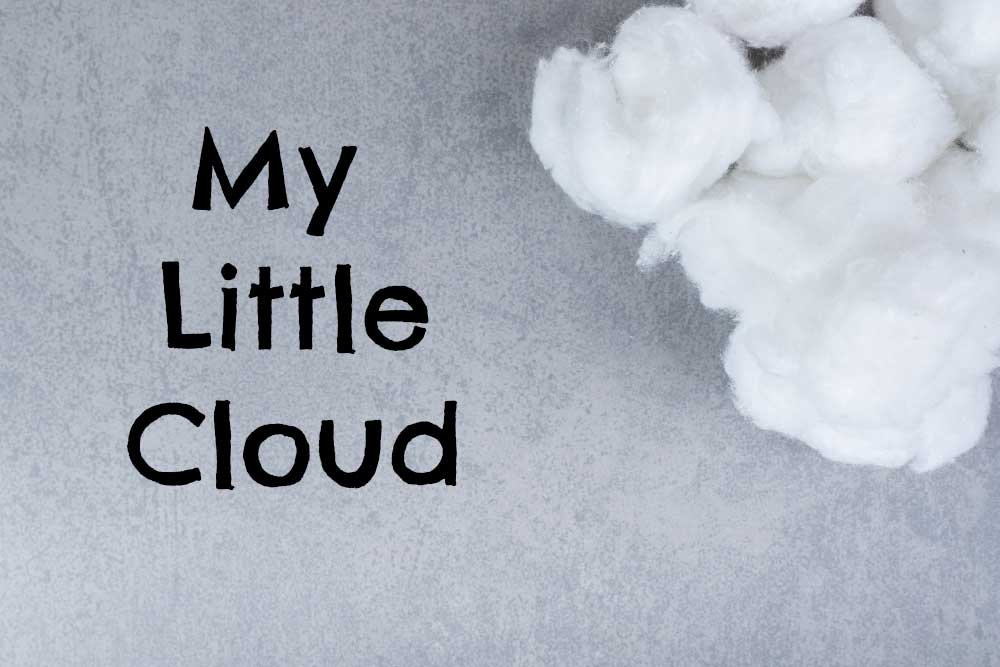$5 Off First Order + 5% Off After
Become a free registered member and get access to exclusive discounts, resources, and a community of like-minded educators.
Not sure yet? See what you’ll get: Member benefits
AC9AVAFC01
Create arts works that communicate ideas
Elaborations
• creating arts works in a range of forms to communicate ideas from lived personal or social experiences; for example, creating a dance or scenes showing favourite activities such as games; using digital devices to record their peers playing a game and creating a voice-over that describes what’s happening; composing a song or chant about a favourite food or activity; drawing a home scene of people and animals
• creating works in response to inspiration from sources such as play, imagination, observation, literature, artworks from their cultures and communities or arts knowledge and skill development activities
• extending and varying known songs, chants or rhymes; for example, changing words, interpreting without using voice, adding movements/actions or improvising rhythm patterns as accompaniment
• manipulating objects, puppets, 2D images and/or available technologies to create or retell stories
• devising a chant/rap that a character from an animated series, a text or a fictional hero could use to communicate a health or sustainability message or to learn the steps in a process; recording the chant/rap using an available digital device and sharing live or via a school-managed space such as a learning management system
• repurposing materials and objects such as clothing or packing boxes as starting points for imagining and developing scenes and scenarios; for example, using packing boxes to create an imagined environment or vehicle
• considering as a class the characters and situations associated with a story and then re-imagining them by asking questions of the story, such as “What’s up?”, “What happens next?” or “What else might/could happen?” to support the development of their own socio-dramatic or miniature worlds play
-
Little Cloud Adventure
📔 Little Cloud by Eric Carle• We are learning to observe how clouds change shape and move in the sky.



![[T4R] A Family is a Family is a Family Reading Unit for Foundation Year](https://stevendegc.com.au/wp-content/uploads/2025/03/T4R-A-Family-is-a-Family-UnitOverview.jpg)
![[T4R] A Family is a Family is a Family: L4 Connecting to a Similar Text](https://stevendegc.com.au/wp-content/uploads/2025/03/T4R-A-Family-is-a-Family-L4-Cover.jpg)
![[T4R] A Family is a Family is a Family: L3 Making Personal Connections](https://stevendegc.com.au/wp-content/uploads/2025/03/T4R-A-Family-is-a-Family-L3-Cover.jpg)
